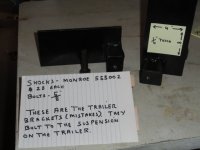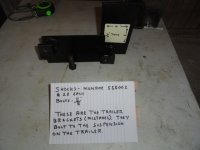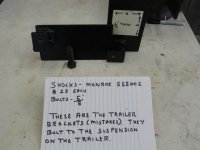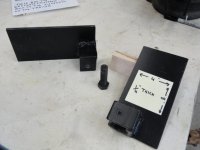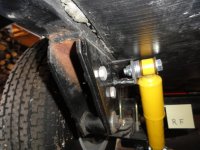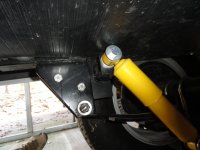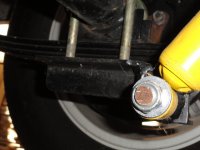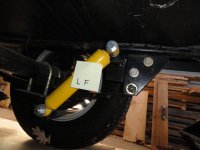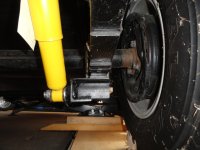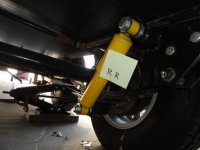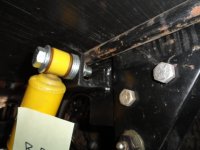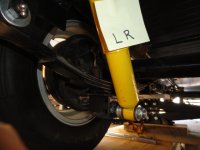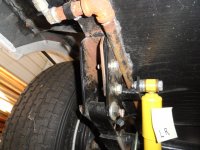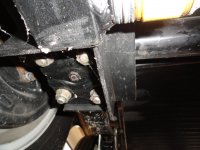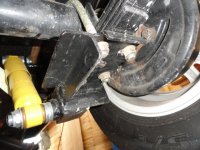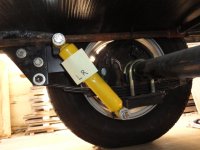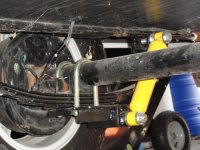Hi Teejay,
Just read in another post that you installed 4 shocks on your 24RBS.
I plan to do the same.
Have you noticed a differance in ride or wear on tires or suspension? and if so, how.
Would it be possible for you to post the make and model of the shocks.
And the attachement points/brackets.
Thanks in advance,
DavidB.
Just read in another post that you installed 4 shocks on your 24RBS.
I plan to do the same.
Have you noticed a differance in ride or wear on tires or suspension? and if so, how.
Would it be possible for you to post the make and model of the shocks.
And the attachement points/brackets.
Thanks in advance,
DavidB.

